St. Blaise's Church
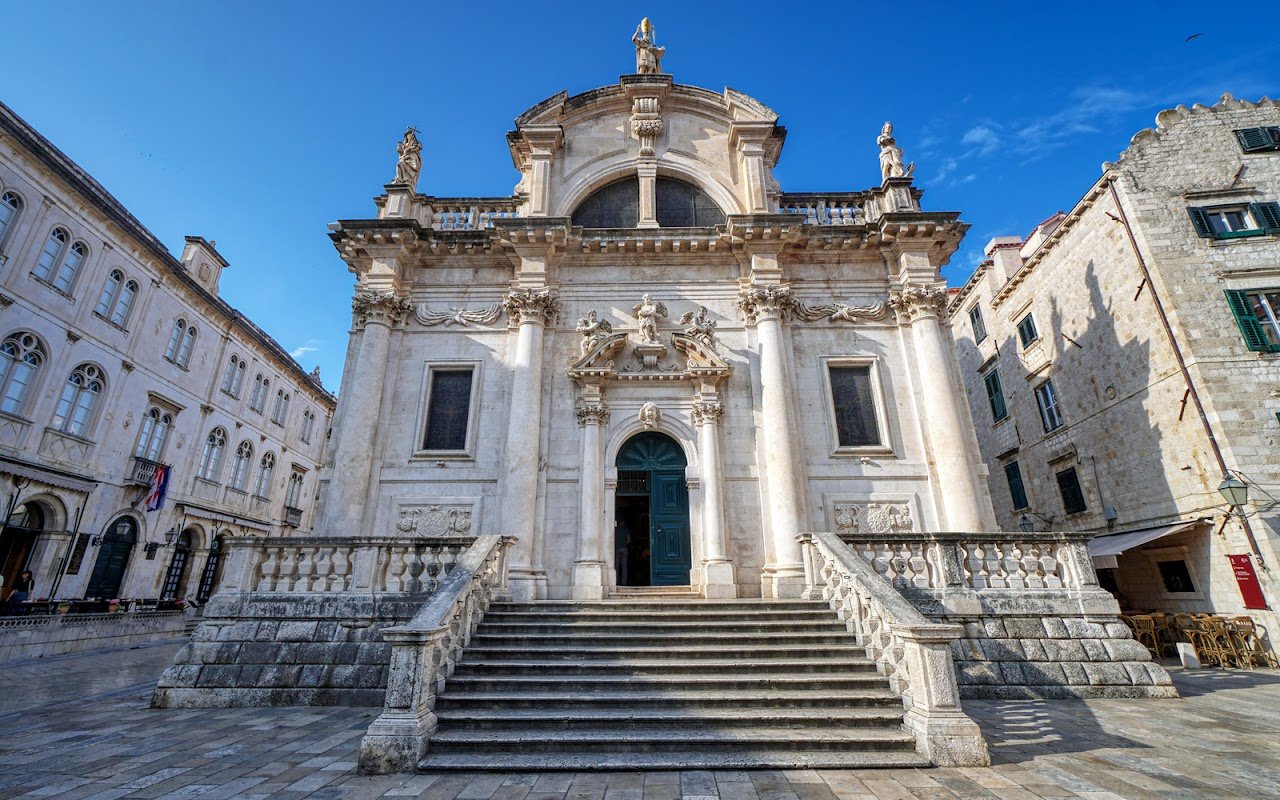
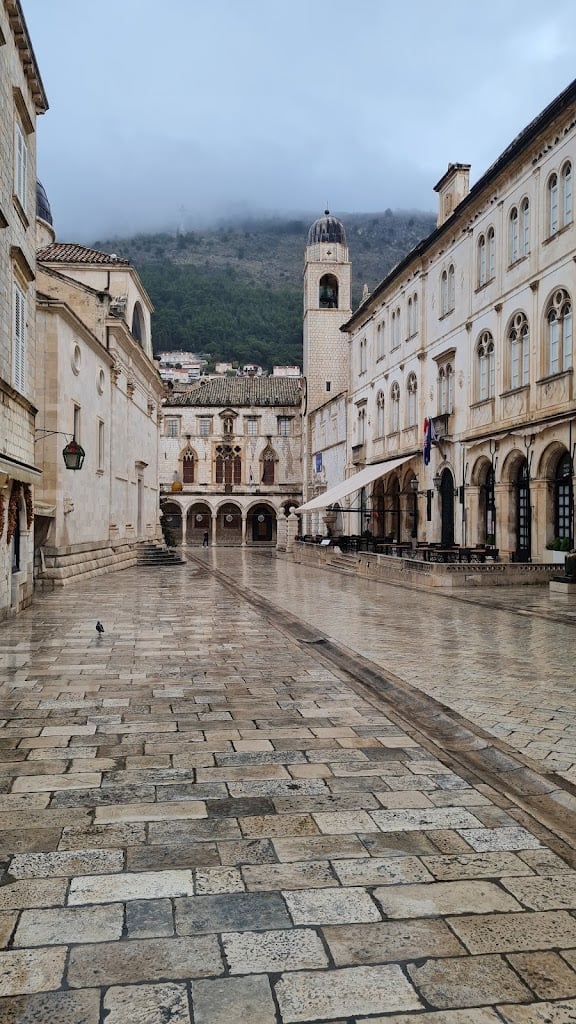
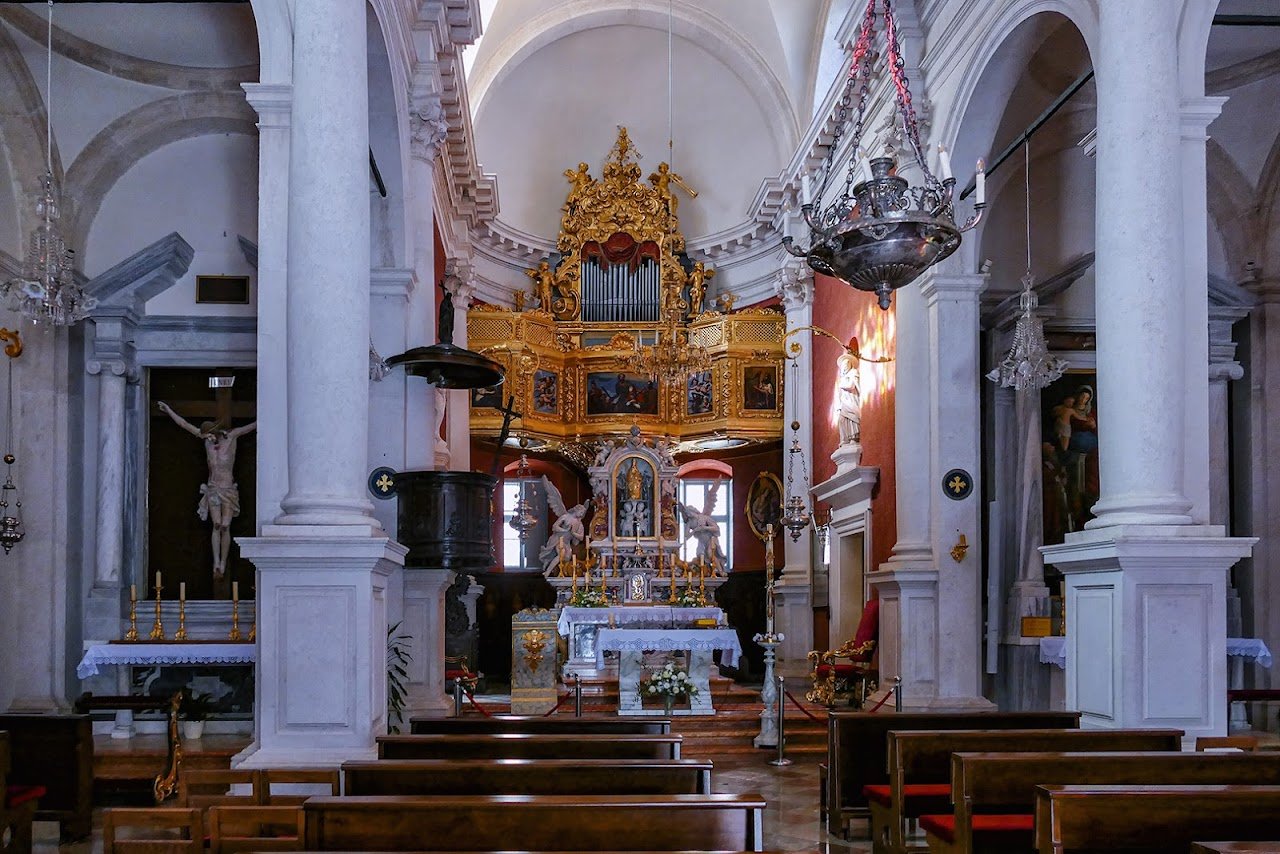
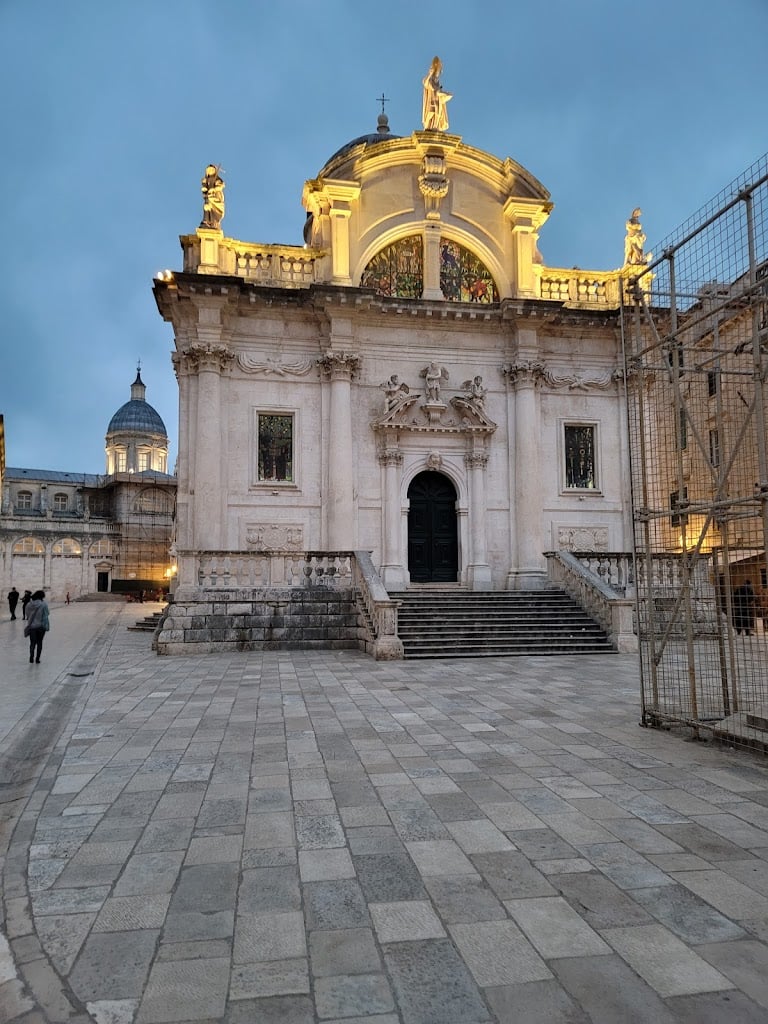
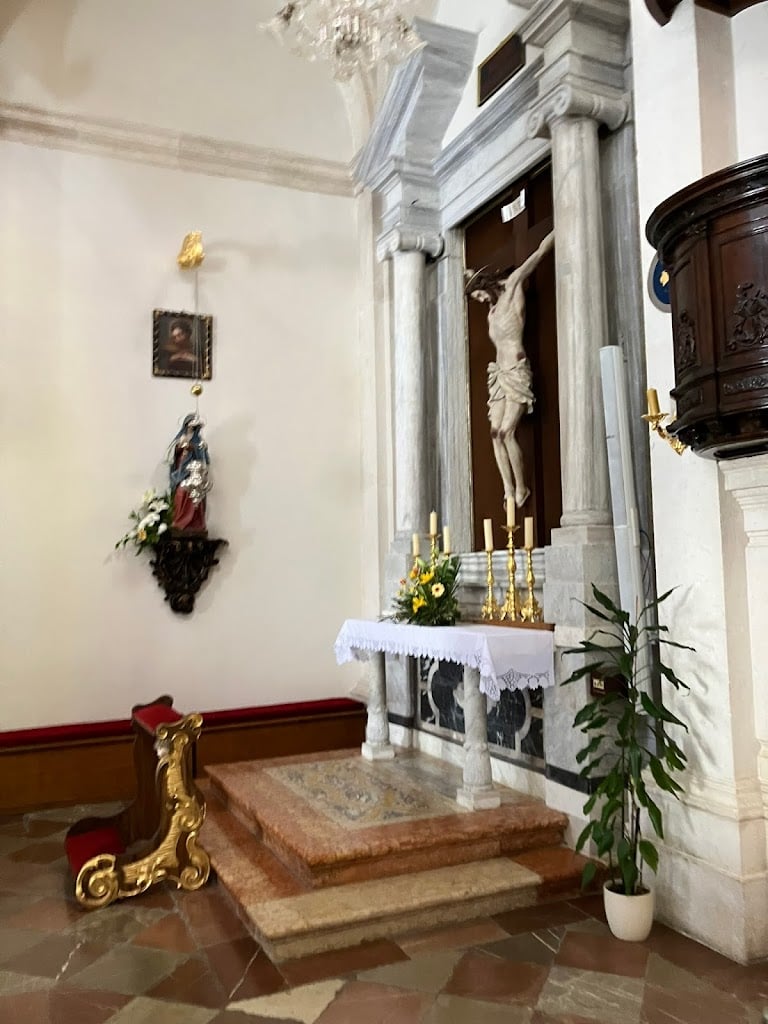
Ask ThatchGPT
Suggest a local expert to plan my trip
Suggest an unique itinerary for my Dubrovnik trip
What foods do Dubrovnik locals eat
What are some true hidden gems in Dubrovnik
Help me brainstorm trip ideas for Dubrovnik
Help me plan a family-friendly trip to Dubrovnik
What people say
Pedro Pereira
Available for hire
"St. Blasius, or Vlaho in Croatian, has been a revered patron saint of Dubrovnik for centuries, with a legend dating back to 971. According to this legend, on the night of February 2nd to 3rd, Venetian ships anchored near Dubrovnik under the pretense of gathering supplies. A priest named Stojko approached the Church of St. Stephen (Stjepan) in Pustijerna and discovered the doors wide open. Inside, he encountered a gray old man accompanied by a battalion of heavenly forces. The old man identified himself as St. Blasius and instructed Stojko to warn the city council of an impending Venetian attack. Following his warning, the city fortified its defenses, causing the Venetians to abandon their plans. This event marked St. Blasius as the protector of Dubrovnik.
Over the years, St. Blasius has inspired countless artists, resulting in numerous statues throughout the city. His image can be found on the city walls, where he is depicted watching over Dubrovnik, ever-vigilant against threats. St. Blasius is recognized as the most frequently represented motif in Dubrovnik's art and architecture. Since 972, the city has celebrated his feast day on February 3rd, a tradition that continues to draw thousands of visitors for the Festival of St. Blasius.
In honor of the saint, the Church of St. Blasius was constructed. The current structure was designed by Venetian architect Marino Gropelli in 1715, replacing an older Romanesque church from 1368 that had suffered damage in the Great Earthquake of 1667 and was ultimately destroyed by a fire in 1706. Built in Baroque style, the church's design was influenced by the Church of St. Mauritius in Venice. Its grand entrance features a large staircase leading to an ornate main portal, topped by a striking dome.
The interior of the church is richly decorated, with impressive marble altars. The centerpiece of the main altar is a Gothic statue of St. Blasius, crafted in gold-plated silver in the 15th century. This statue holds a model of Dubrovnik as it appeared before the earthquake, representing a significant historical artifact. Remarkably, the statue and other valuables were unharmed during both the earthquake and the subsequent fire, which many interpreted as a miracle.
Additional notable works in the church include stone statues of St. Blasius and St. Jerome, created by the Brac sculptor Nikola Lazanic in the late 16th century, originally part of the old church."
Read more in:
Mentioned in these guides
About St. Blaise's Church
Get the inside scoop on St. Blaise's Church from local experts, travel creators, and tastemakers. Browse genuine trip notes, St. Blaise's Church reviews, photos, travel guides, and itineraries from real travelers and plan your trip with confidence.
Phone
Save this spot for later or start mapping out a new trip today
Try our AI Travel Assistant and get instant answers to any questions about your trip.
Ask ThatchGPT


